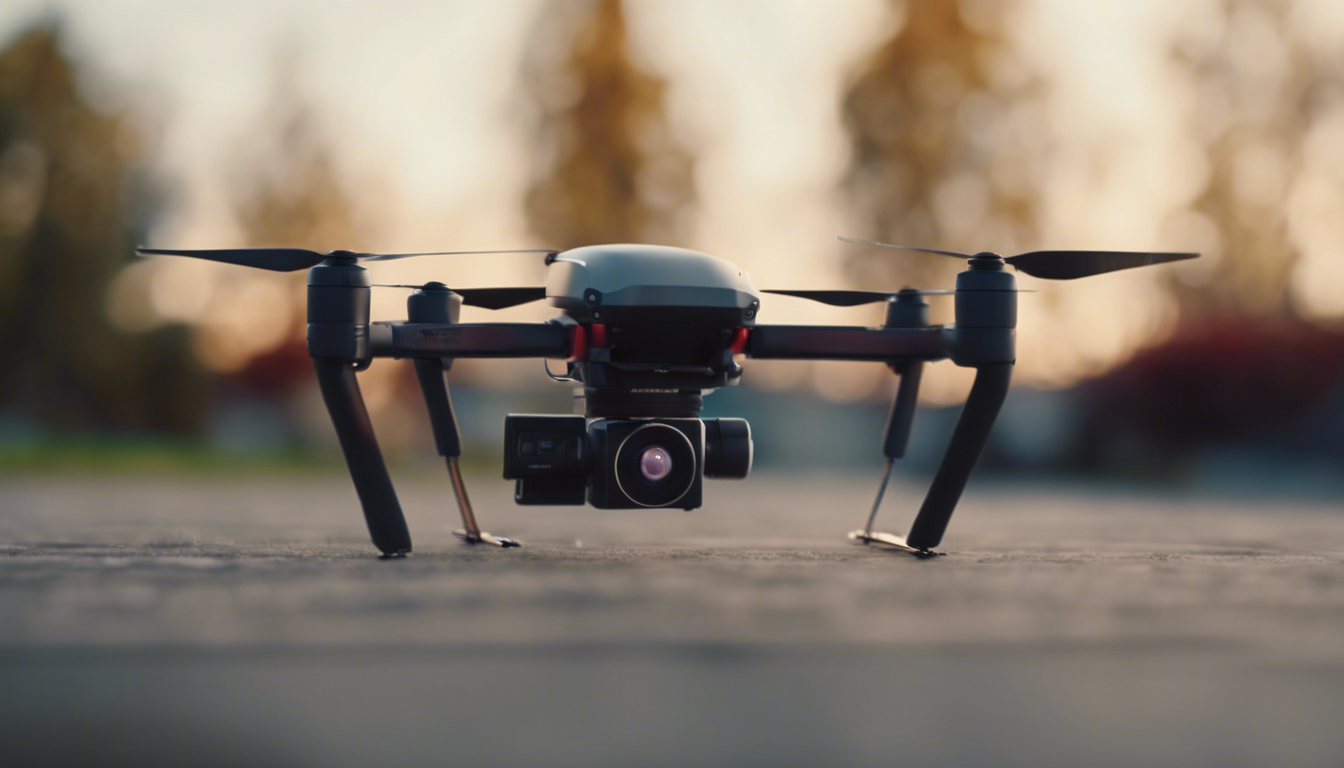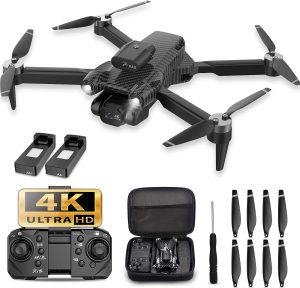
In recent years, consumer drone technology has become increasingly popular due to its versatility and affordability. From capturing breathtaking aerial shots to delivering packages, drones have revolutionized various industries. One area where drones are making a significant impact is in enhancing rescue missions. With their ability to extend the reach of search and rescue teams, drones have proven to be invaluable tools in saving lives.
When it comes to rescue operations, time is of the essence. Drones equipped with advanced features can significantly improve response efficiency and effectiveness. Here are some vital ways in which consumer drones are enhancing rescue missions:
-
Search and Identification:
Equipped with high-resolution cameras and thermal imaging sensors, drones can quickly survey large areas with ease. In a rescue situation, time plays a critical role, and drones allow search teams to cover ground more rapidly. The ability to identify survivors or missing individuals from the air can be a game-changer, especially in inaccessible or hazardous terrains.
-
Remote Monitoring:
Drones can provide real-time video feeds and images to ground control teams, allowing them to remotely monitor the situation. This remote monitoring feature enables commanders to make informed decisions regarding the deployment of resources and personnel, eliminating potential risks. Additionally, it provides valuable insights into the current conditions and obstacles faced by rescue teams.
-
Delivery of Essential Supplies:
During a rescue operation, access to essential supplies is important. Consumer drones can assist by delivering medical aid, food, water, or communication devices to stranded victims. If the terrain is unsuitable for helicopters or ground vehicles to transport supplies, drones can quickly and safely bridge that gap.
-
Situational Awareness:
Equipped with GPS, drones can create accurate maps of the area, providing valuable information about the terrain, potential hazards, or even areas where survivors may have taken refuge. This information helps rescue teams strategize, prioritize areas for search, and deploy resources more effectively.
-
Improved Safety:
Rescue missions are often dangerous and put the lives of rescue personnel at risk. By utilizing drones, teams can minimize these risks by sending them into hazardous environments instead. Whether it is assessing structural damage after a natural disaster or examining a potential danger zone, drones can keep rescue teams safe by gathering crucial information without direct human involvement.
Practical Tips: To maximize the effectiveness of drones in rescue missions, consider the following:
- Invest in drones with long battery life to ensure extended flight time.
- Choose drones with reliable obstacle avoidance systems to prevent crashes and maintain mission continuity.
- Train operators to understand the capabilities of drone technology and its different modes, such as search and object tracking.
- Regularly conduct maintenance checks and calibrations to ensure optimal performance.
- Stay up-to-date with drone regulations and airspace restrictions to safely navigate during rescue missions.
- Collaboration with local authorities and rescue teams is essential for effective integration of drones in their existing operations.
In conclusion, consumer drones have rapidly become indispensable tools for enhancing rescue missions. With their ability to provide aerial visibility, remote monitoring, and fast deployment of supplies, drones are revolutionizing the way we approach search and rescue operations. By following practical tips and staying well-informed, rescue teams can fully harness the potential of drone technology to save lives.
